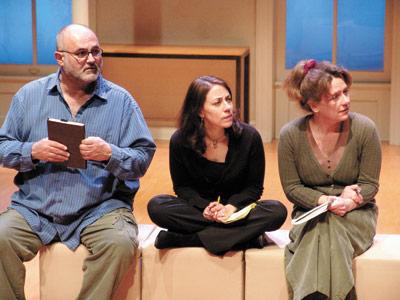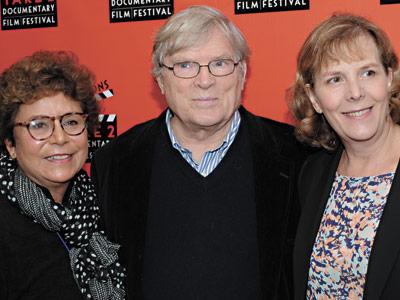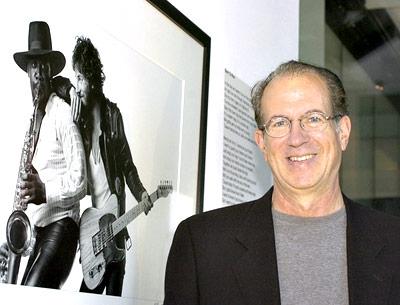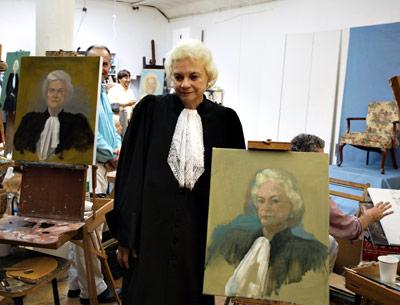Antique Bookmarks
Antique Bookmarks
Bookmarks have not always been made of heavy paper stock. Selections from one of the world’s largest collections of antique silver bookmarks are on view at the Pelletreau Silversmith Shop in Southampton through Dec. 23. Approximately 330 examples made by European and American silversmiths between 1800 and 1920 have been selected from the collection of Myra Weiser. These bookmarks, many of which were used not only to hold a place but also to detach pages from each other, reflect the fine craftsmanship of the silversmith.





